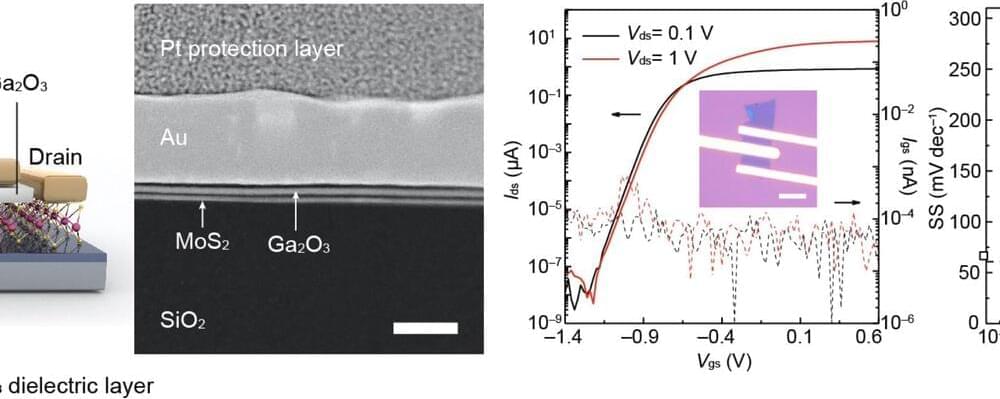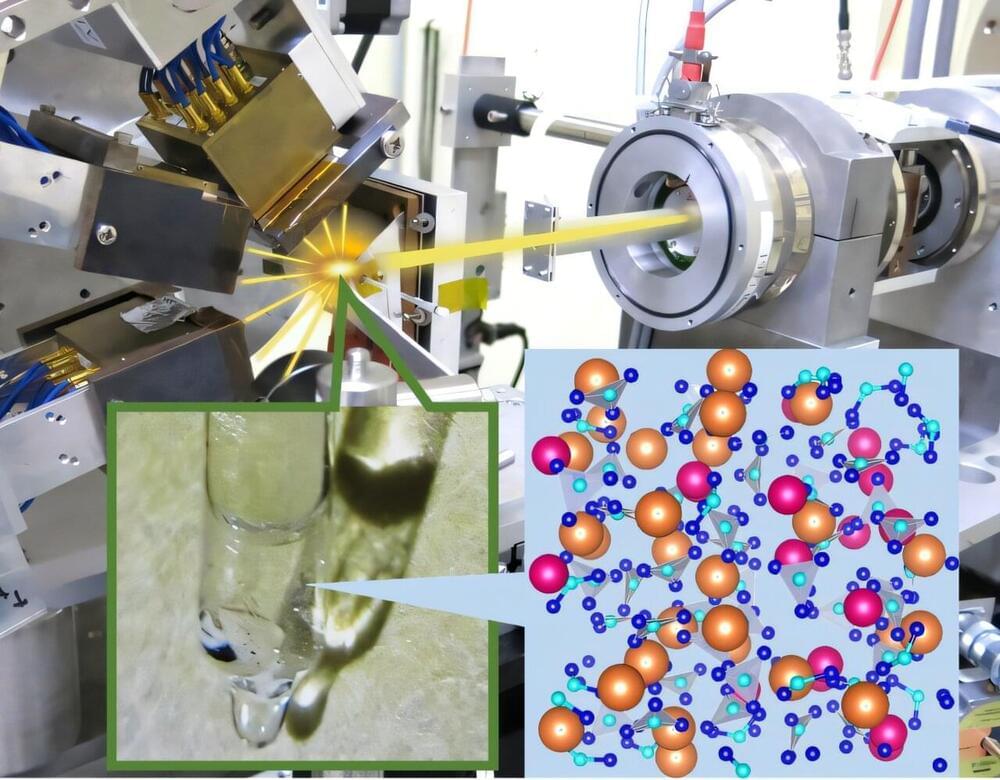Transistors based on two-dimensional (2D) semiconductors, such as molybdenum disulfide (MoS2) and tungsten diselenide (WSe2), could outperform conventional silicon-based transistors, while also being easier to reduce in size. To perform well, these transistors need to be based on high-quality dielectric materials, which can be difficult to prepare.
Researchers at Nanyang Technological University, Nanjing University of Aeronautics and Astronautics recently introduced a new promising strategy to prepare the dielectric materials for these transistors. Their approach, outlined in a paper published in Nature Electronics, was successfully used to deposit an ultrathin and uniform native oxide of gallium Ga2O3 on the surface of MoS2.
“Traditional methods of preparing dielectric layer, such as atomic layer deposition (ALD), encounter quality problems because of the high-quality surface of 2D semiconductors without sufficient nucleation points, especially at thin thicknesses down to a few nanometers,” Kongyang Yi, first author of the paper, told Tech Xplore.







